D for Dust.
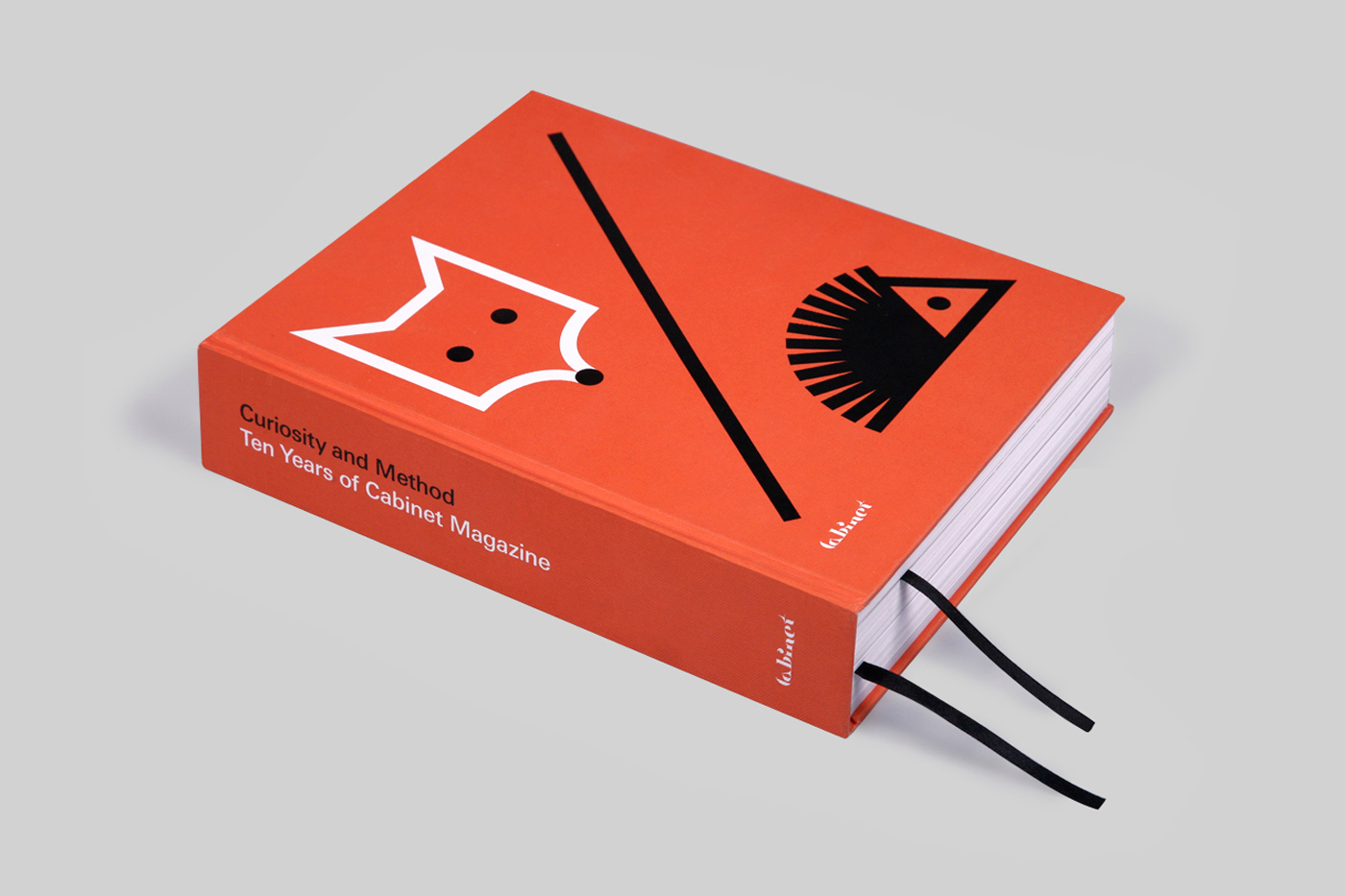
In 2012 We designed Cabinet magazine’s anthology Curiosity and Method. Our concept was to organize the texts alphabetically in the form of a loopy encyclopedia. The taxonomy of the curated articles lead to some wonderfully strange juxtapositions in content, for instance Addiction next to Animal Architecture, Marketing next to Marxism and Tarot next to Taxidermy.
The cover is a reference to Isiah Berlin’s Fox and Hedgehog analogy. Sina Najafi discusses its meaning here:
“In his celebrated text “The Hedgehog and the Fox: An Essay on Tolstoy’s View of History,” the philosopher Isaiah Berlin recalls a fragment from the work of the pre-Socratic poet Archilochus: “The fox knows many things, but the hedgehog knows one big thing.” Berlin proposes that this heuristic distinction could be useful in understanding “one of the deepest differences which divide writers and thinkers, and, it may be, human beings in general.” The great divide is between those “who relate everything to a single central vision, one system, less or more coherent or articulate, in terms of which they understand, think and feel—a single, universal, organizing principle in terms of which alone all that they are and say has significance,” and those “who pursue many ends, often unrelated and even contradictory, connected, if at all, only in some de facto way, for some psychological or physiological cause, related to no moral or aesthetic principle.” This system allows for an amusing parlor game. Dante, Plato, Lucretius, Pascal, Hegel, Dostoevsky, Nietzsche, Ibsen, and Proust, says Berlin, are, in varying degrees, hedgehogs. Meanwhile, Shakespeare, Herodotus, Aristotle, Montaigne, Erasmus, Molière, Goethe, Pushkin, Balzac, and Joyce are all busy being foxes. Tolstoy, it turns out, was a frustrated fox who aspired to be a hedgehog. Berlin is careful not to privilege one world view over the other, and Cabinet’s coat of arms, featuring these two clever creatures, is—like the magazine itself—designed to honor both modes of knowledge equally.”
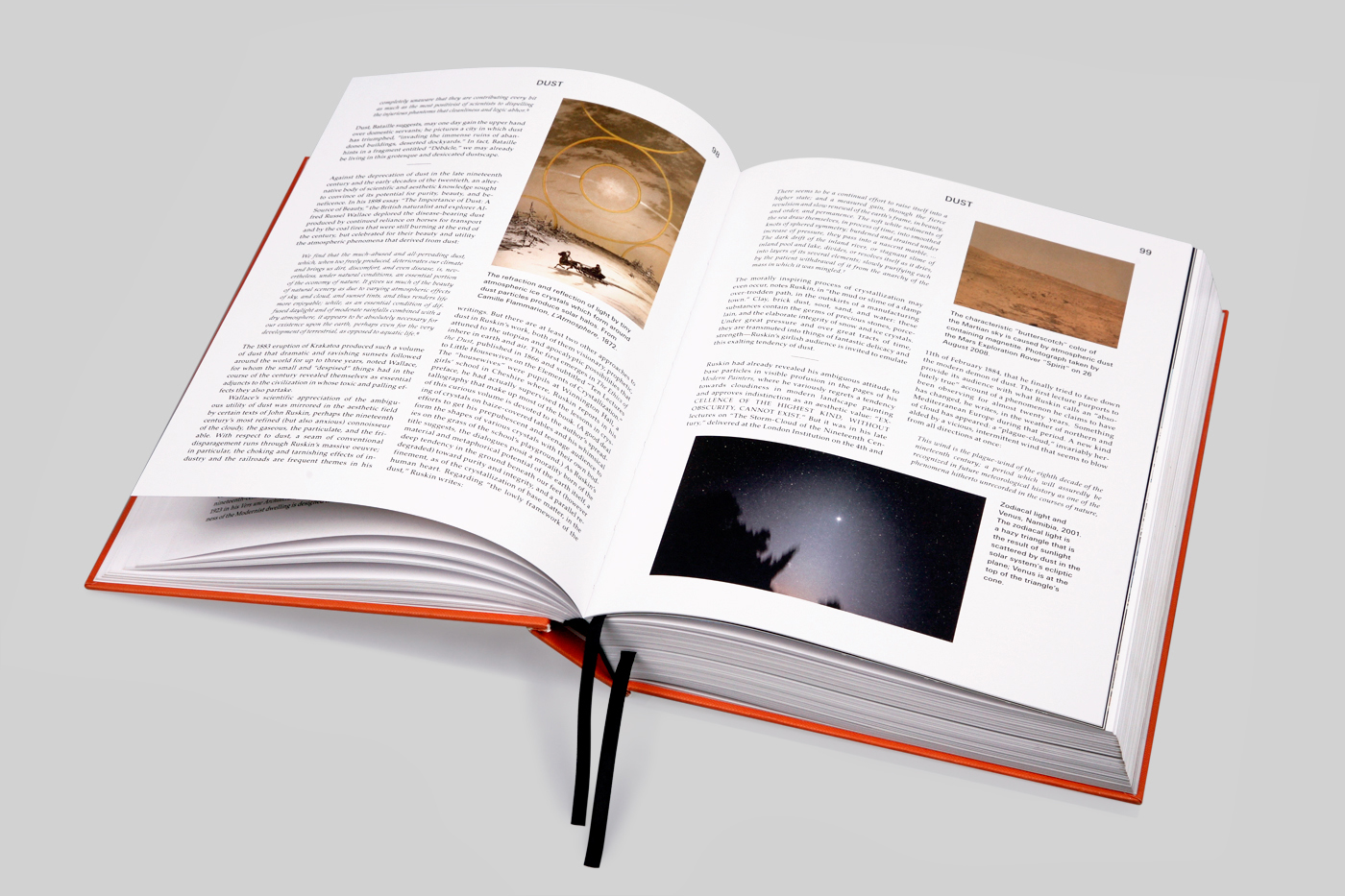
D for Dust.
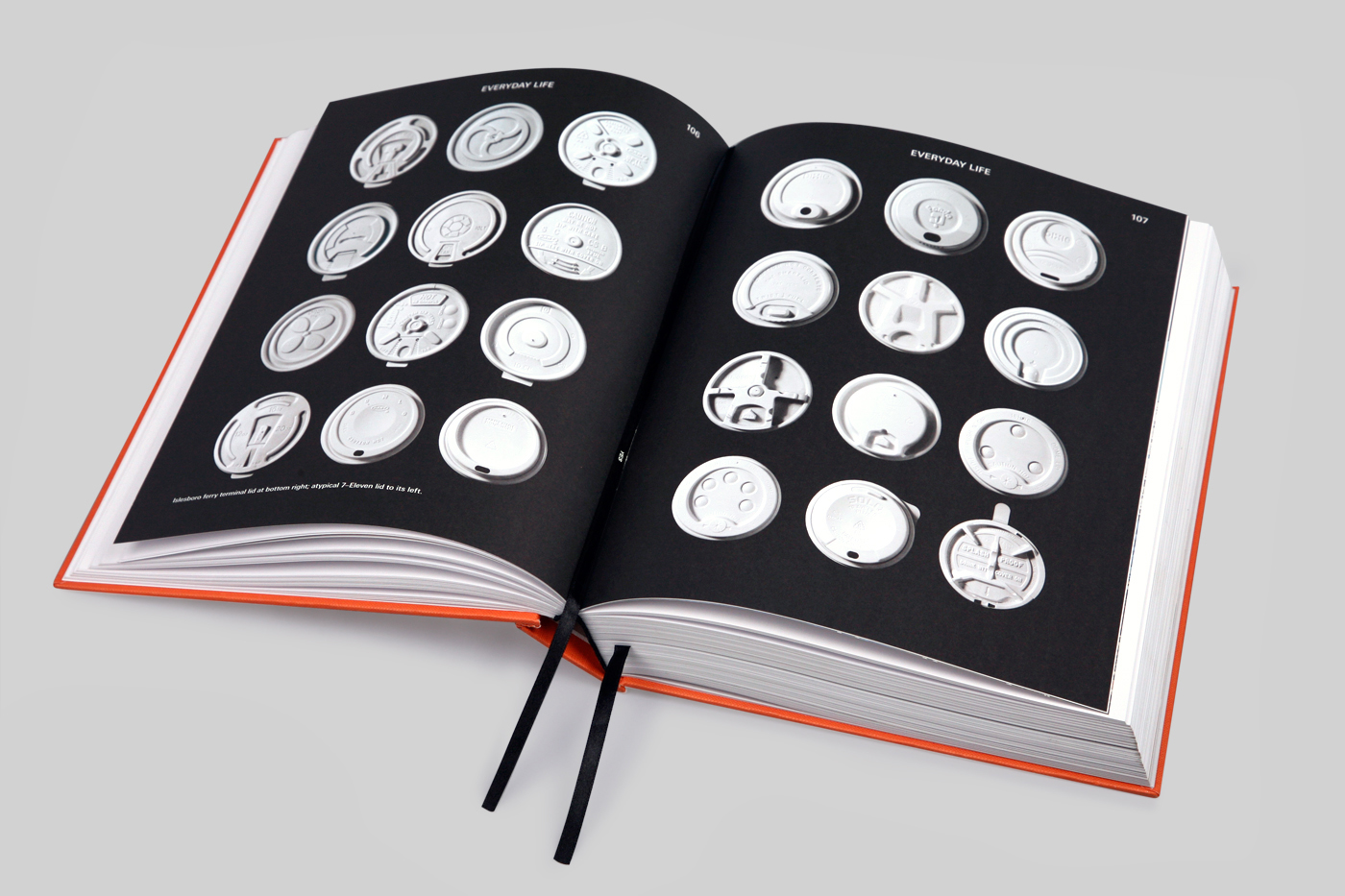
E for Everyday Life.
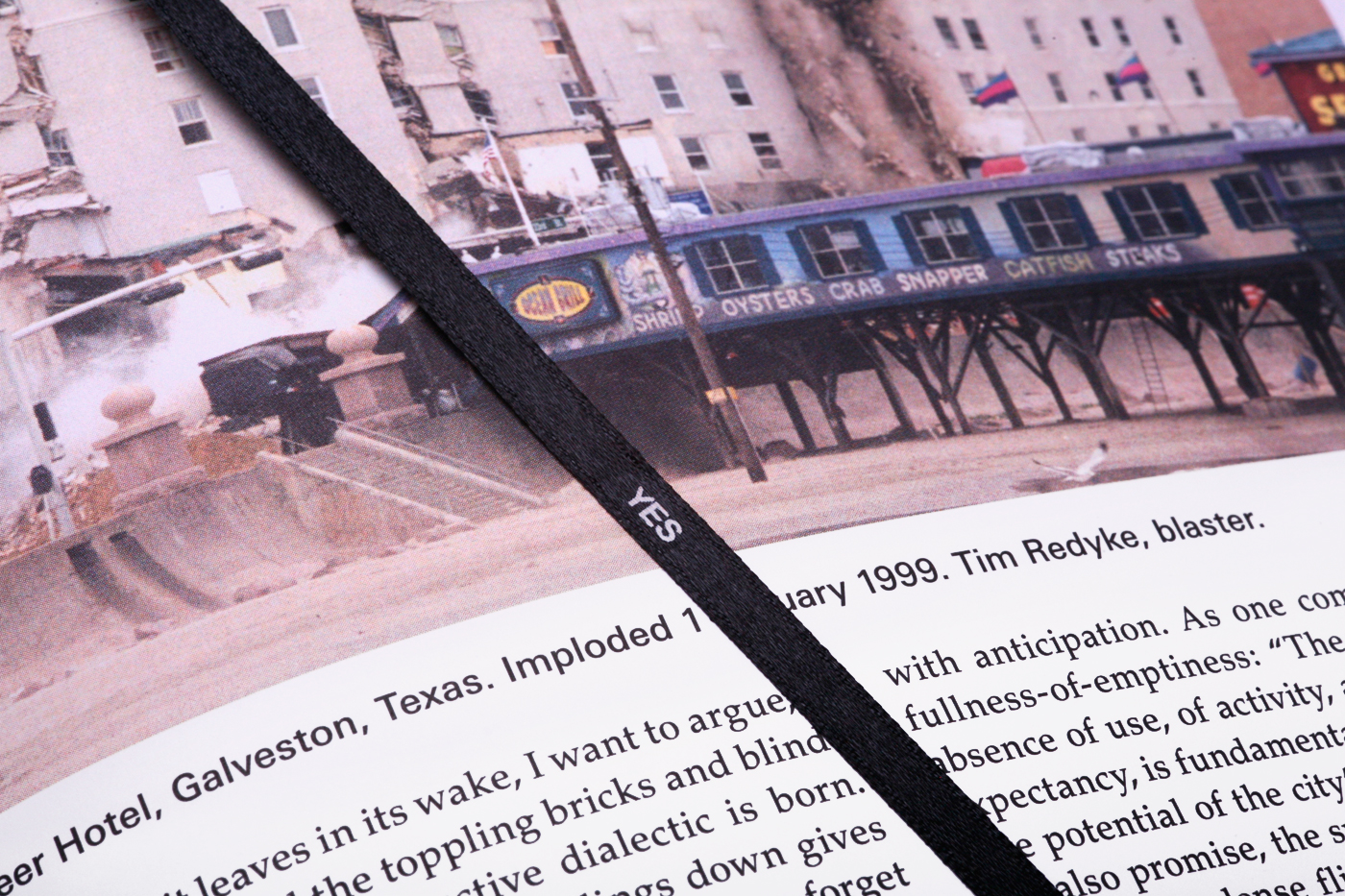
Yes.
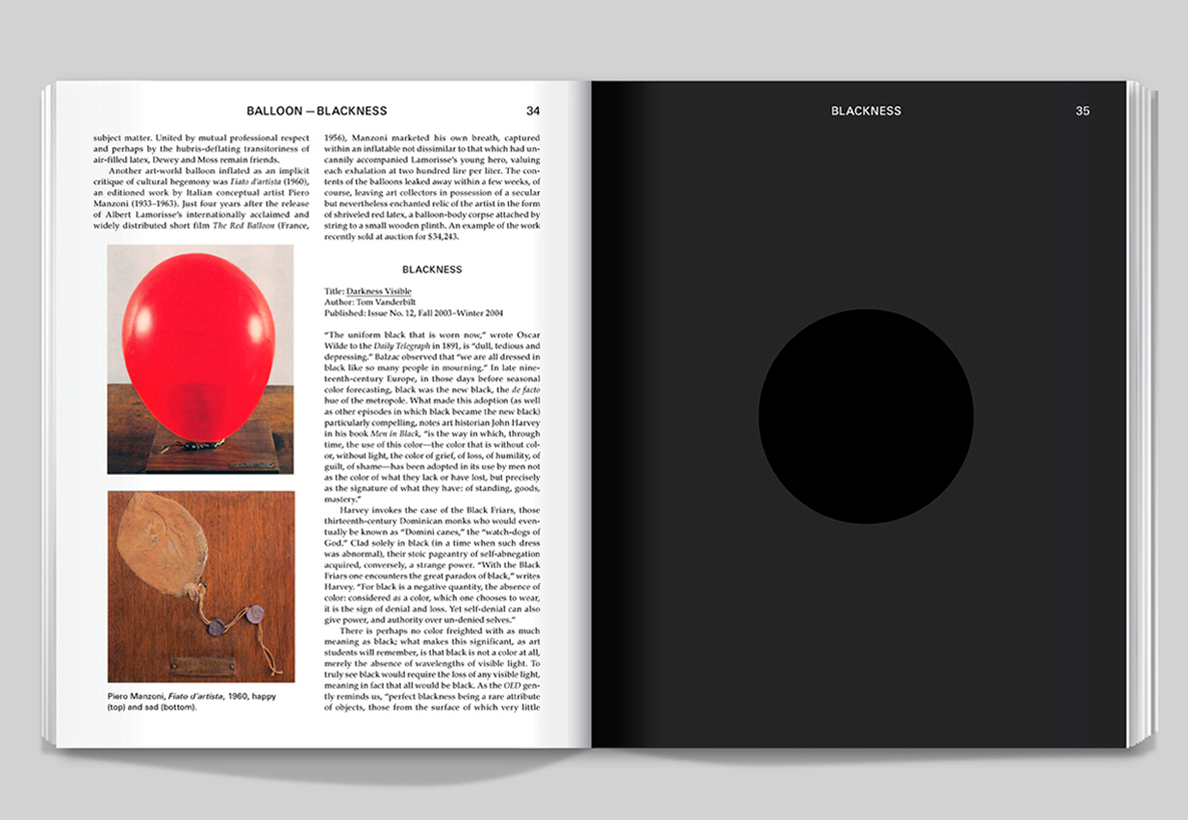
B for Balloon and Blackness.
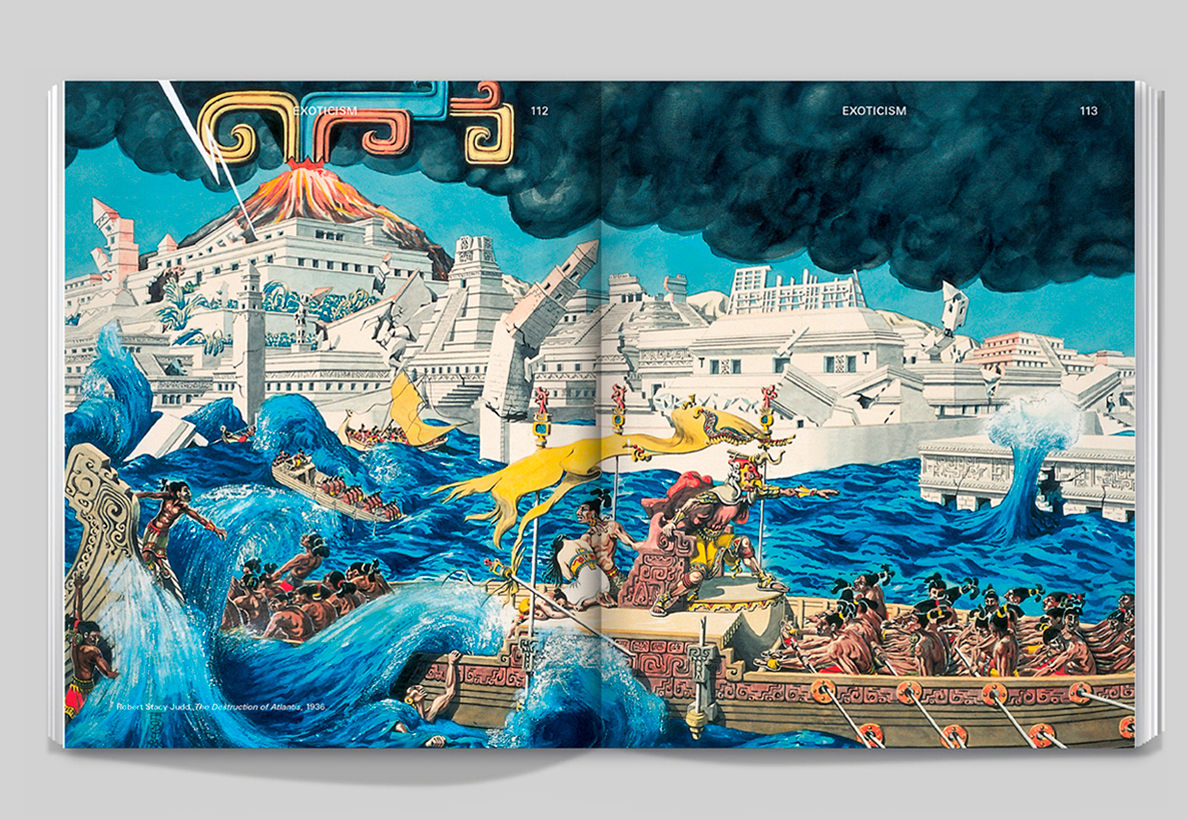
E for Exoticism.
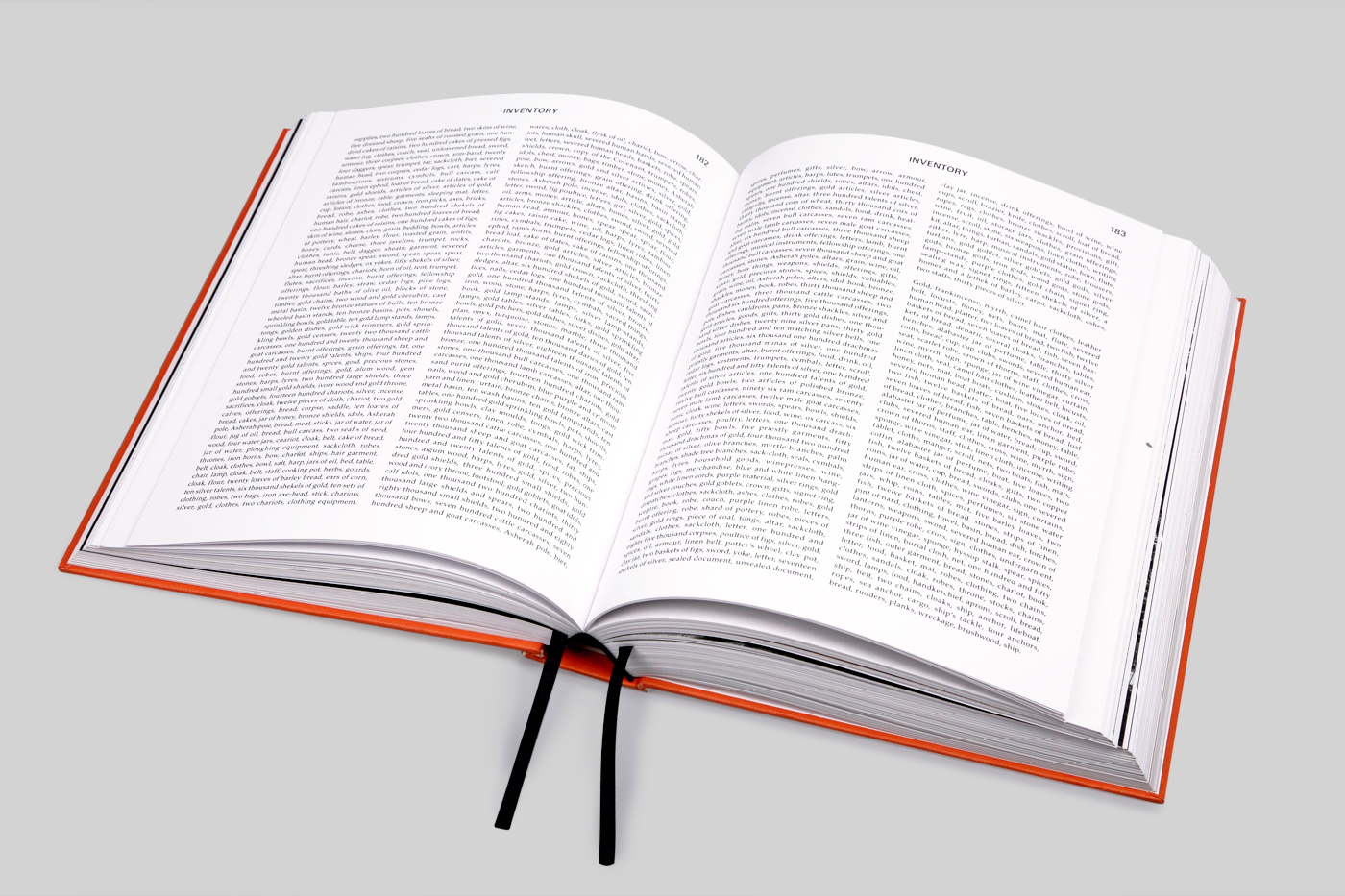
I for Inventory.
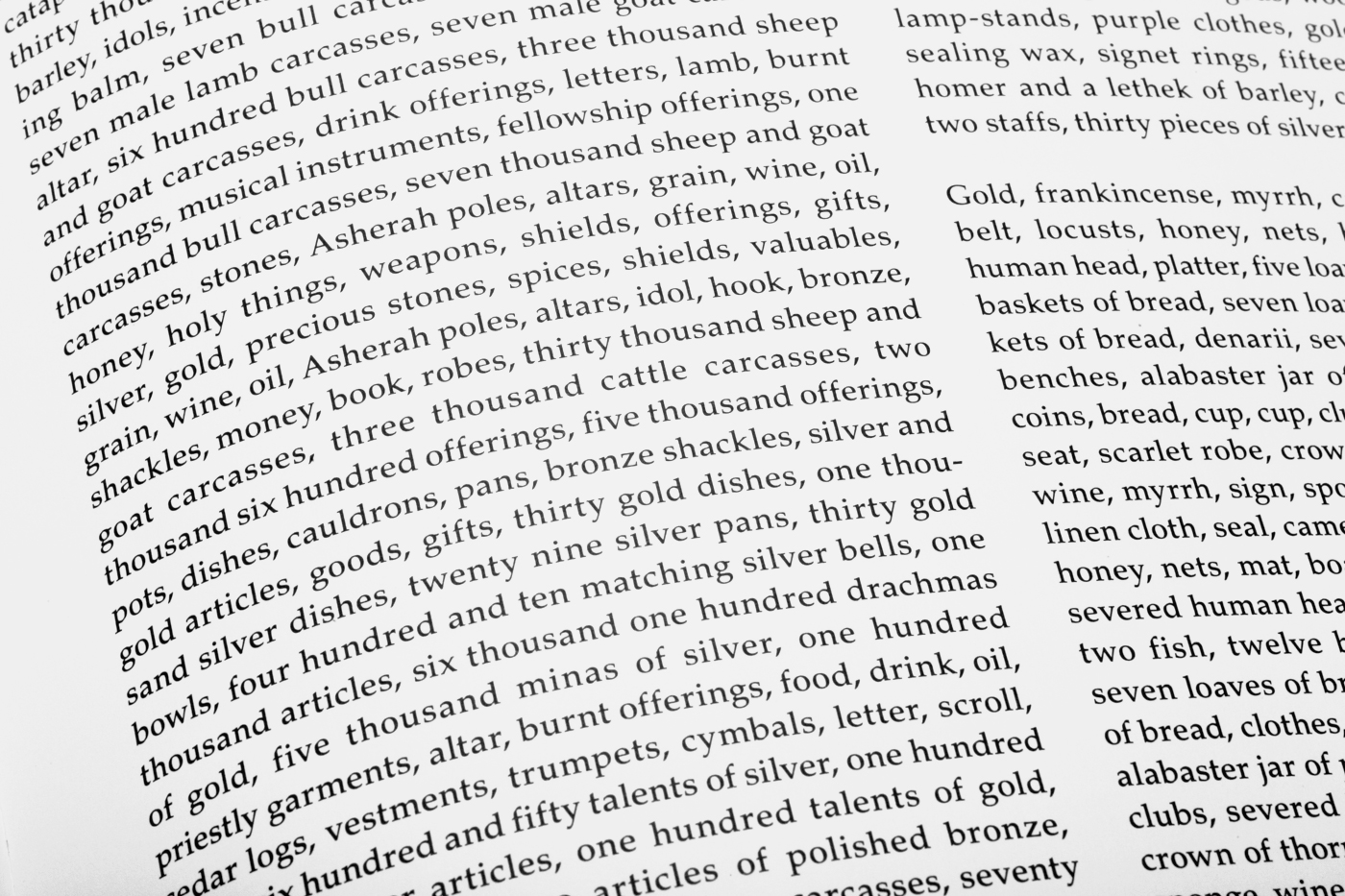
Inventory detail.
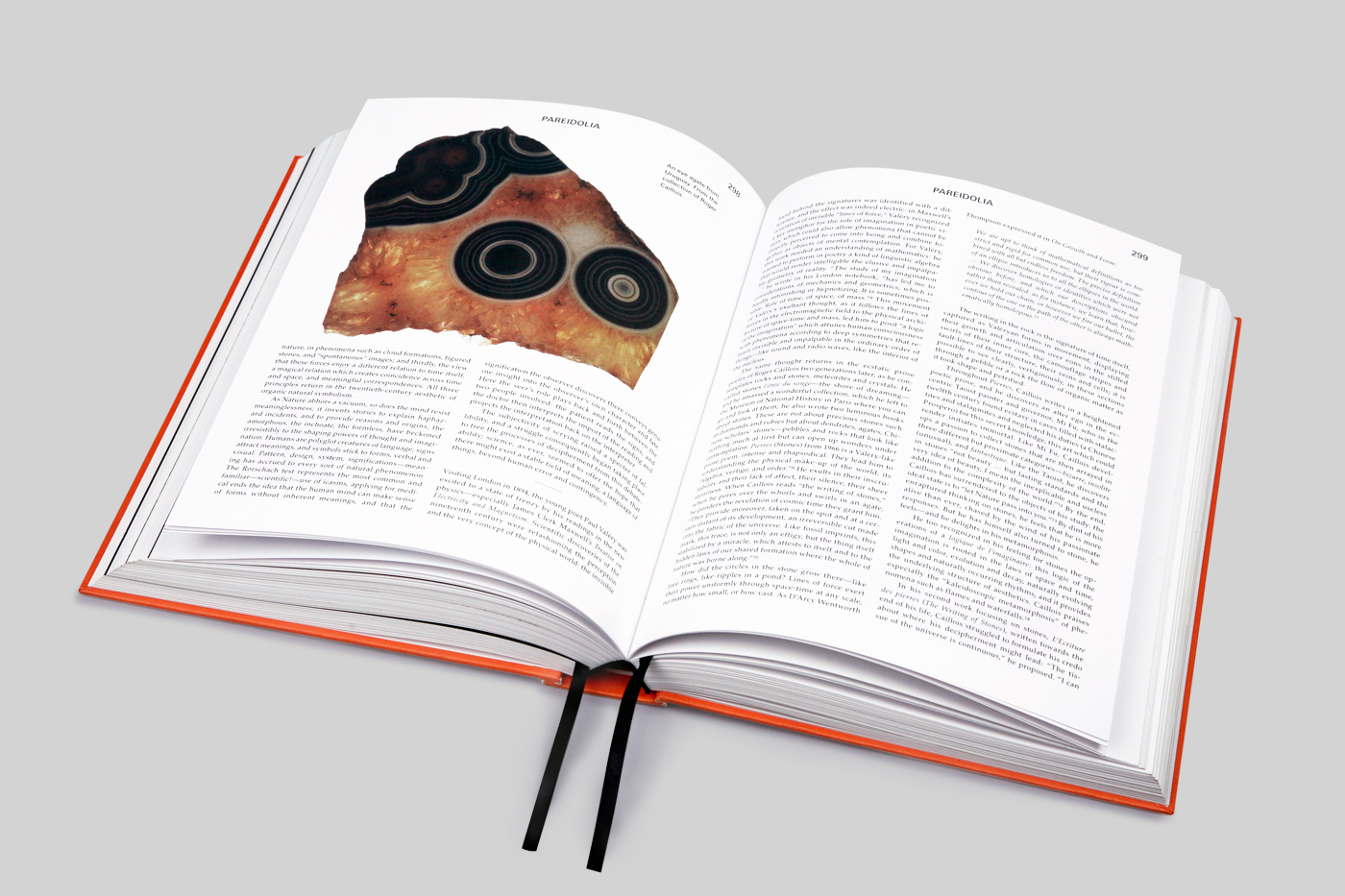
P for Paredolia.
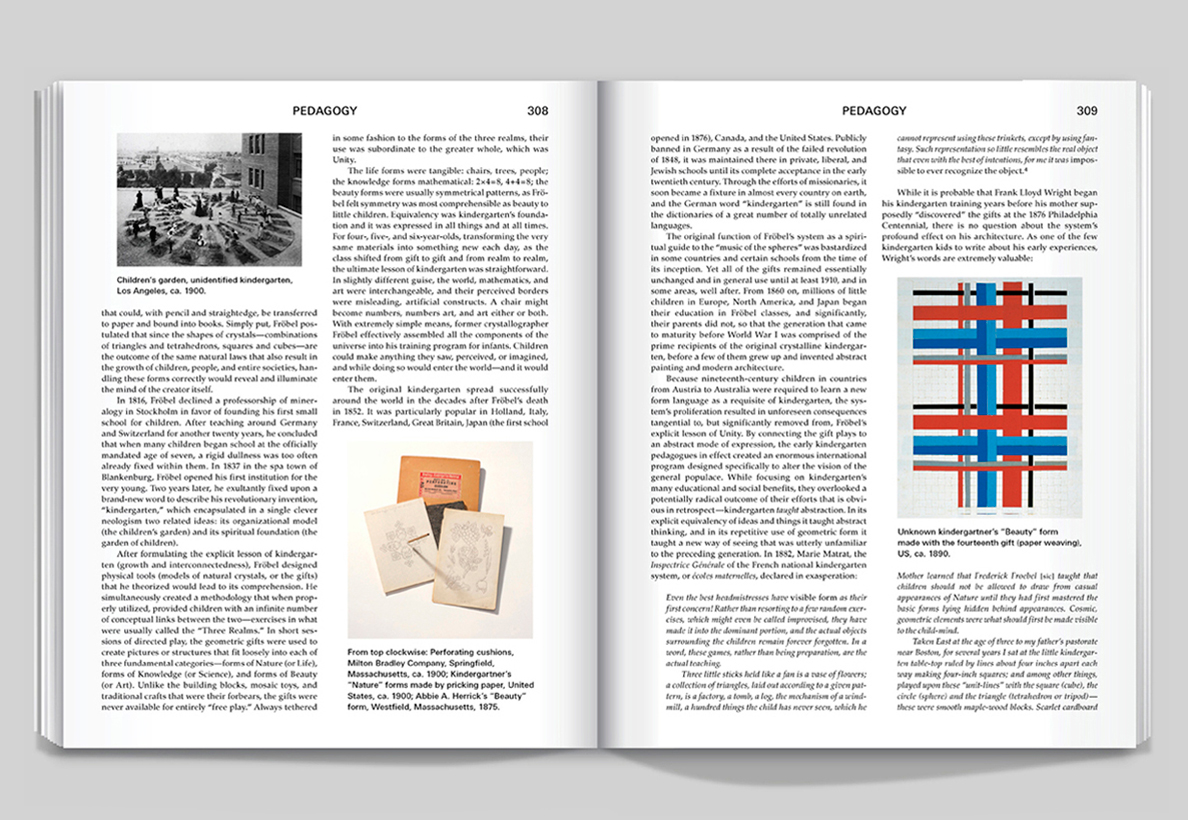
P for Pedagogy.
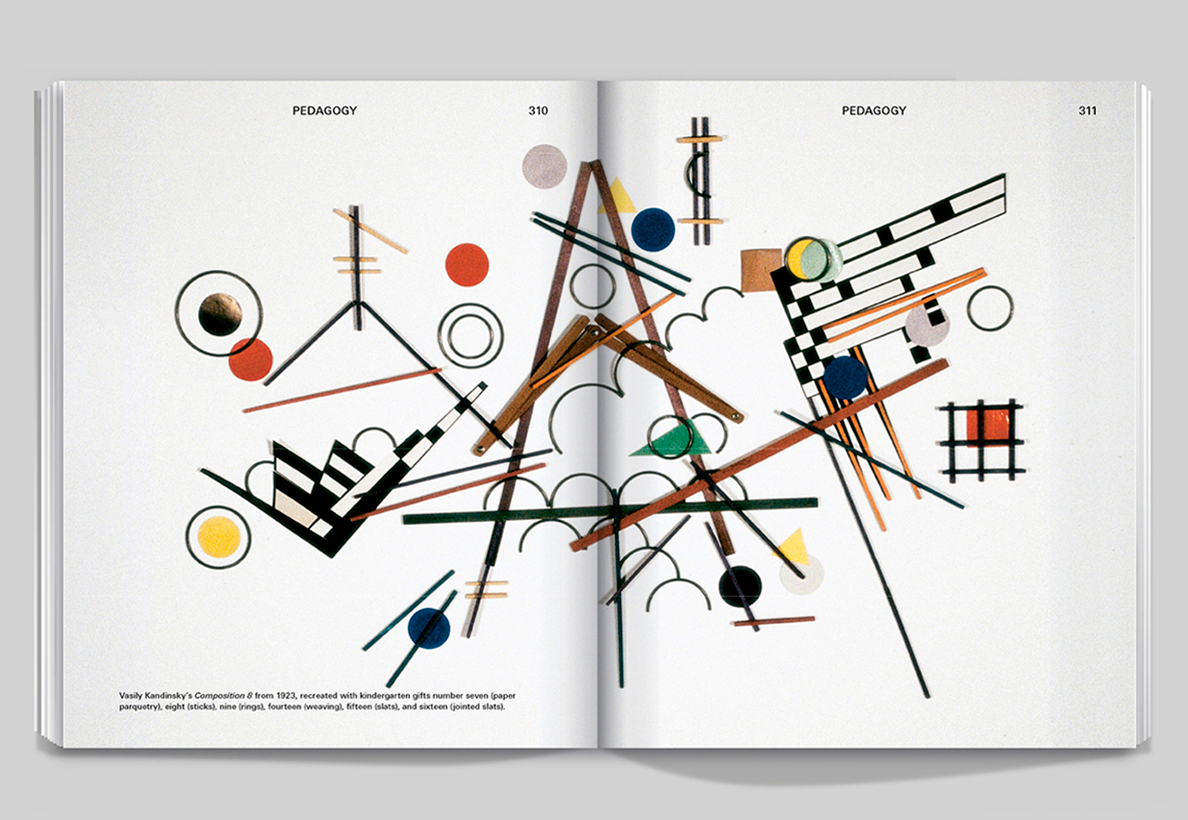
P for Pedagogy.

No.
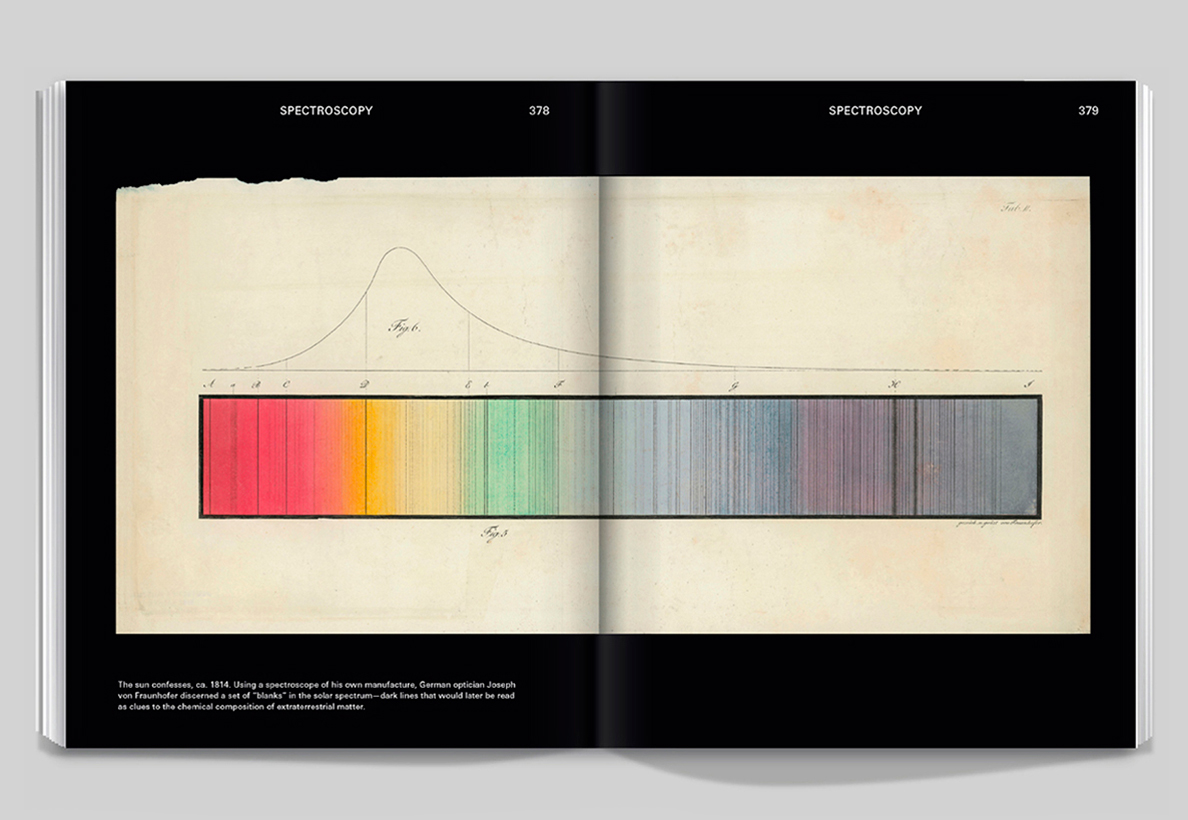
S for Spectroscopy.
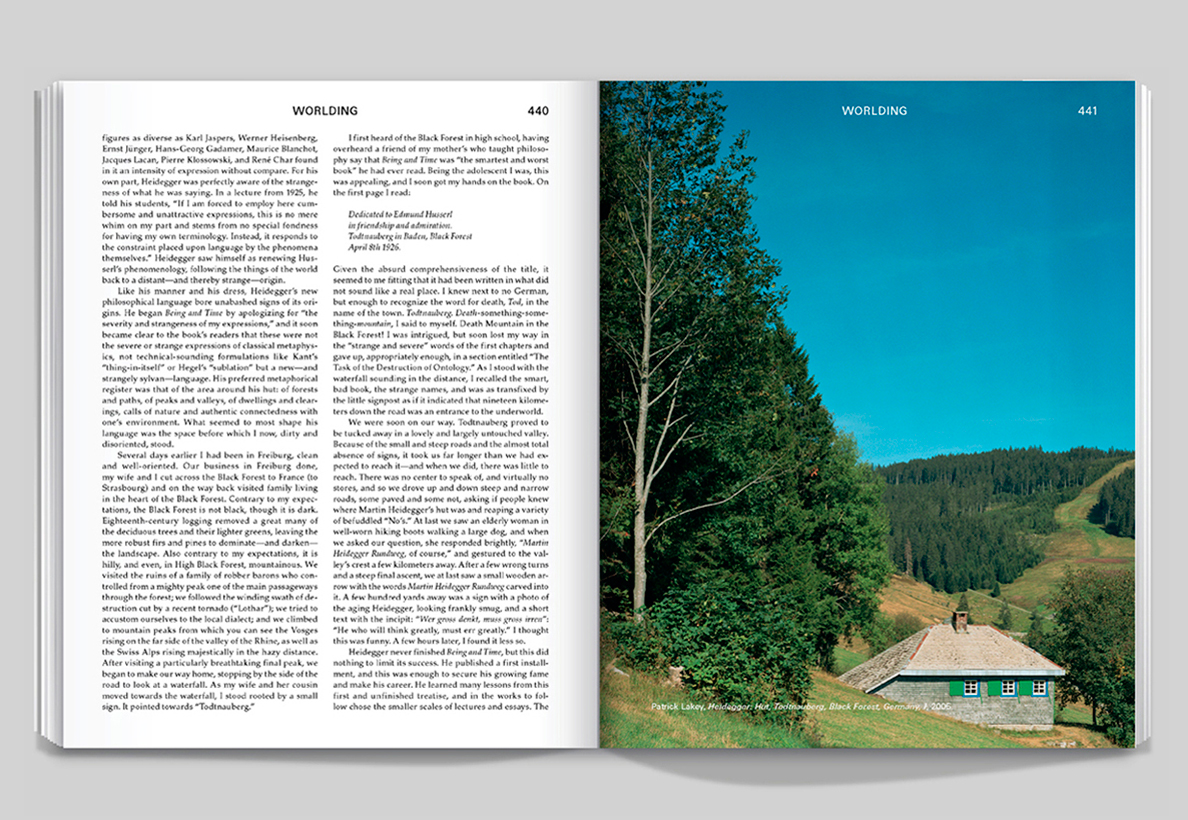
W for Worldling.
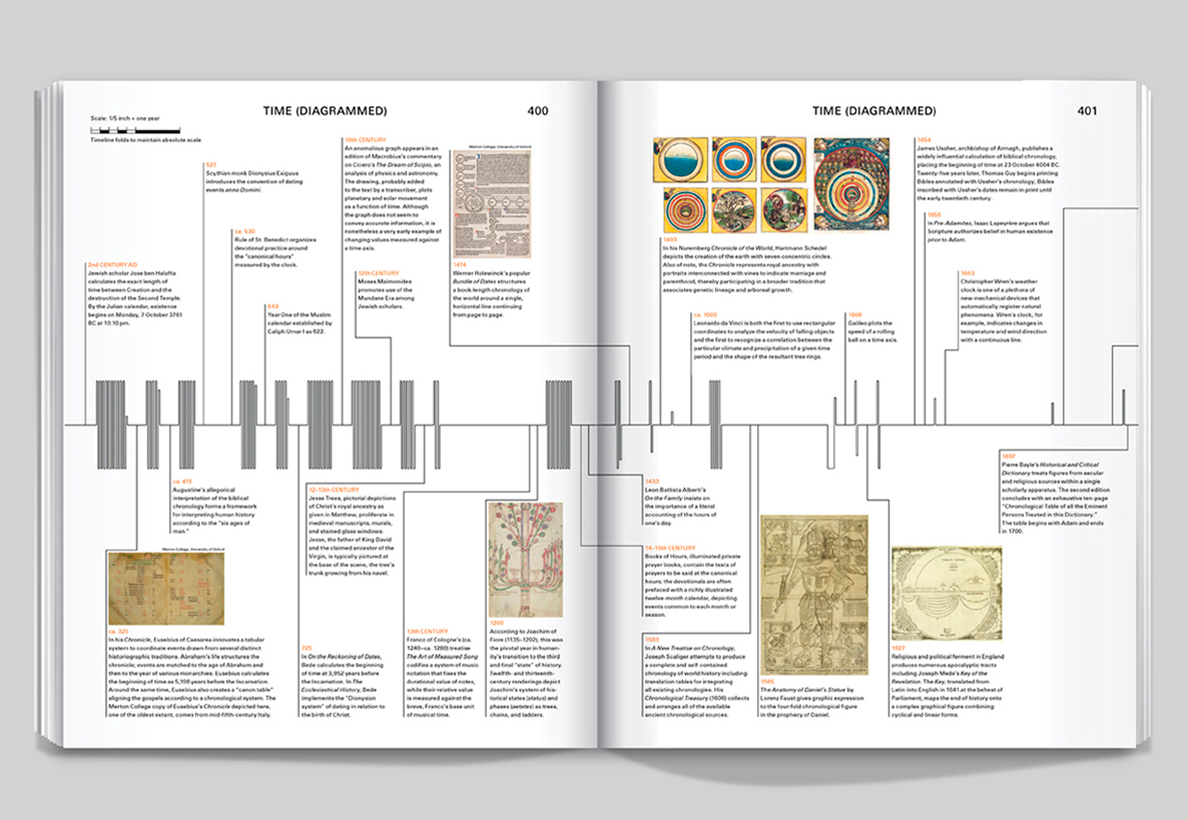
T for Timelines.
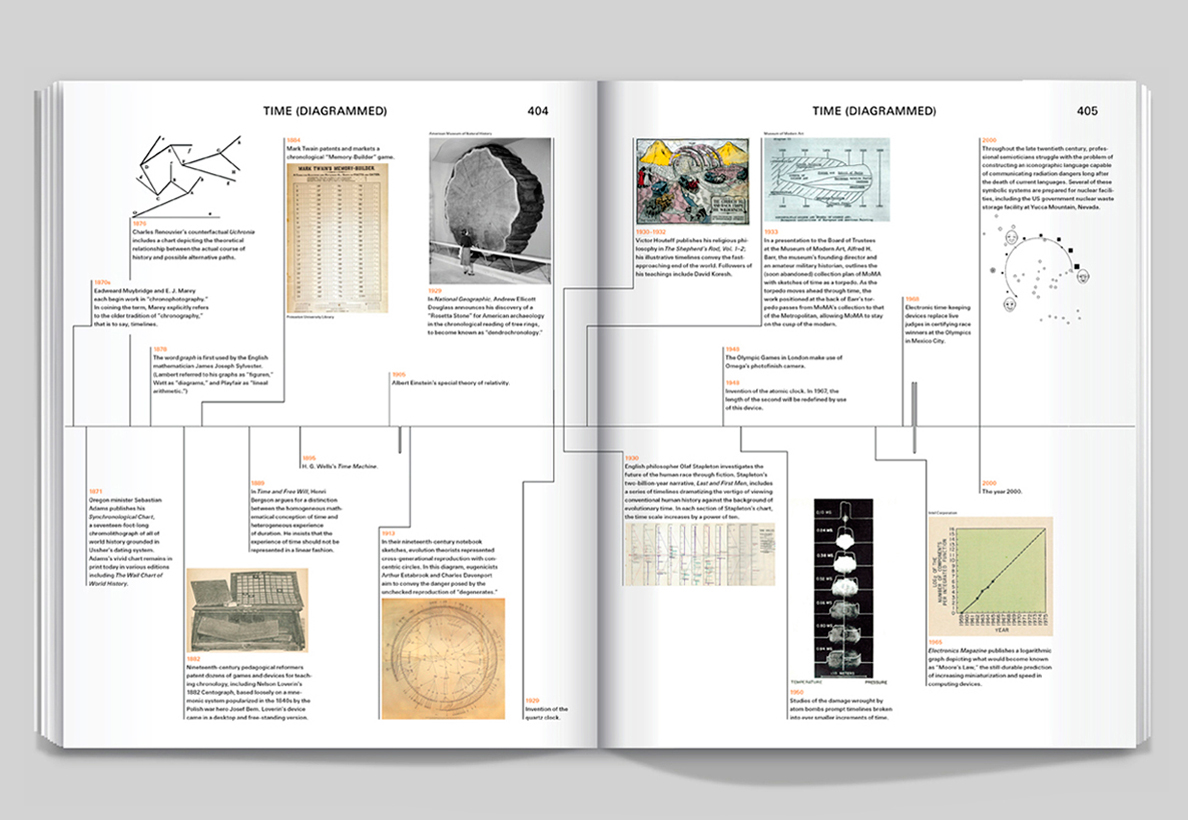
T for Timelines.
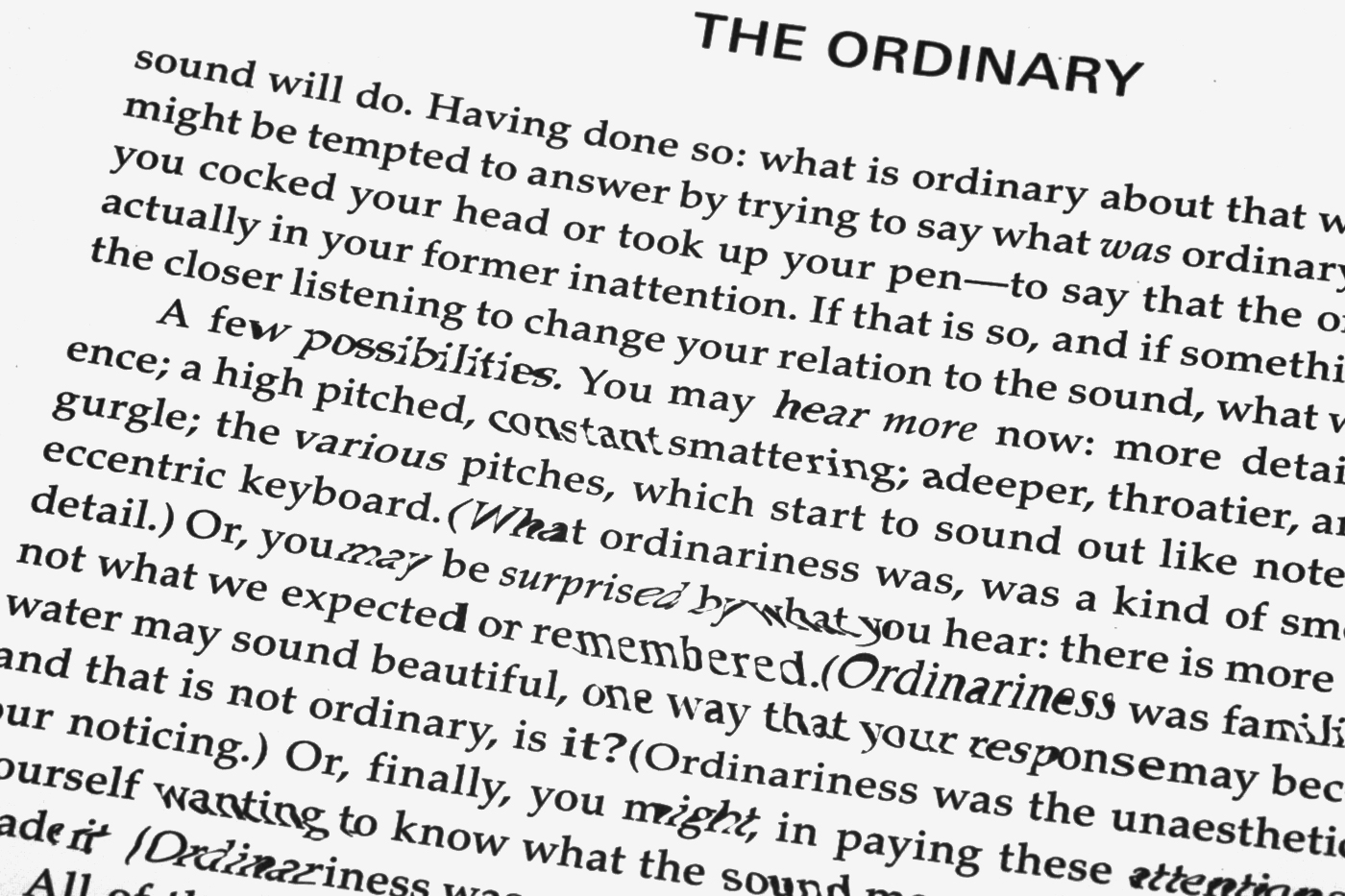
Detail from Jeff Dolven's essay on The Ordinary.